What is SAP PS? | Basics of Learning SAP PS
Overview: Introduction on SAP PS:
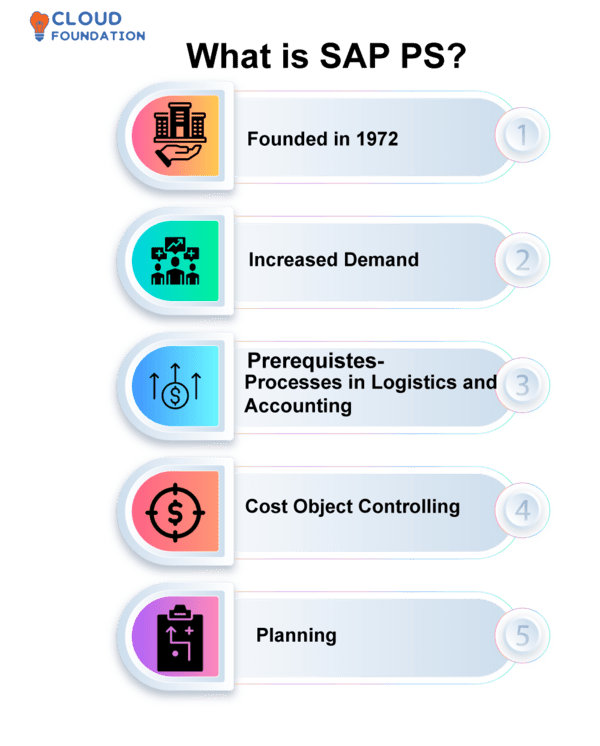
This module gives users access to data pertaining to each project – its efforts, costs, resources and movements – so as to collect, organise and analyse such information as efficiently as possible.
SAP PS simplifies communication between businesses and service providers, helping ensure project goals are accomplished on schedule and correctly.
SAP Project System (SAP PS) features numerous capabilities designed to address the unique requirements associated with complex project management.
Planning and scheduling projects, allocating resources and capacities accordingly, administering budgets effectively, managing project costs properly and assessing profitability are all integral aspects of project work.
SAP ERP’s Material Management module can further expand its reach through integration with components of Financial Accounting, Cost Object Controlling, Materials Management and Plant Maintenance modules; plant maintenance planning for production planning purposes or service management are core modules within SAP. Integrations with external systems like Microsoft Project and Primavera software is another function.
Together, these capabilities give managers a comprehensive toolbox designed to oversee every stage of a project’s lifespan – from its inception and commencement through to completion and beyond.
SAP PS Definition or SAP PS Define
SAP Project Systems was designed to make managing projects within an organisation simpler, making them both simpler to plan for, execute and complete more quickly and more cost effectively. Each aspect of a project, from planning through execution can be addressed efficiently using this business software solution.

Budgeting, monitoring and analysis can all be accomplished effectively with its aid. Activities including project planning, budgeting, cost monitoring analysis, and resource management may all fall within its ambit.
The SAP Project System covers the key steps necessary for successfully managing and executing projects.
These steps include project structuring, resource allocation and costing, milestone tracking, WBS planning and network connectivity planning, resource and scheduling management, resource and scheduling, and invoice verification.
What Can SAP PS Do or What Can It Be Used For
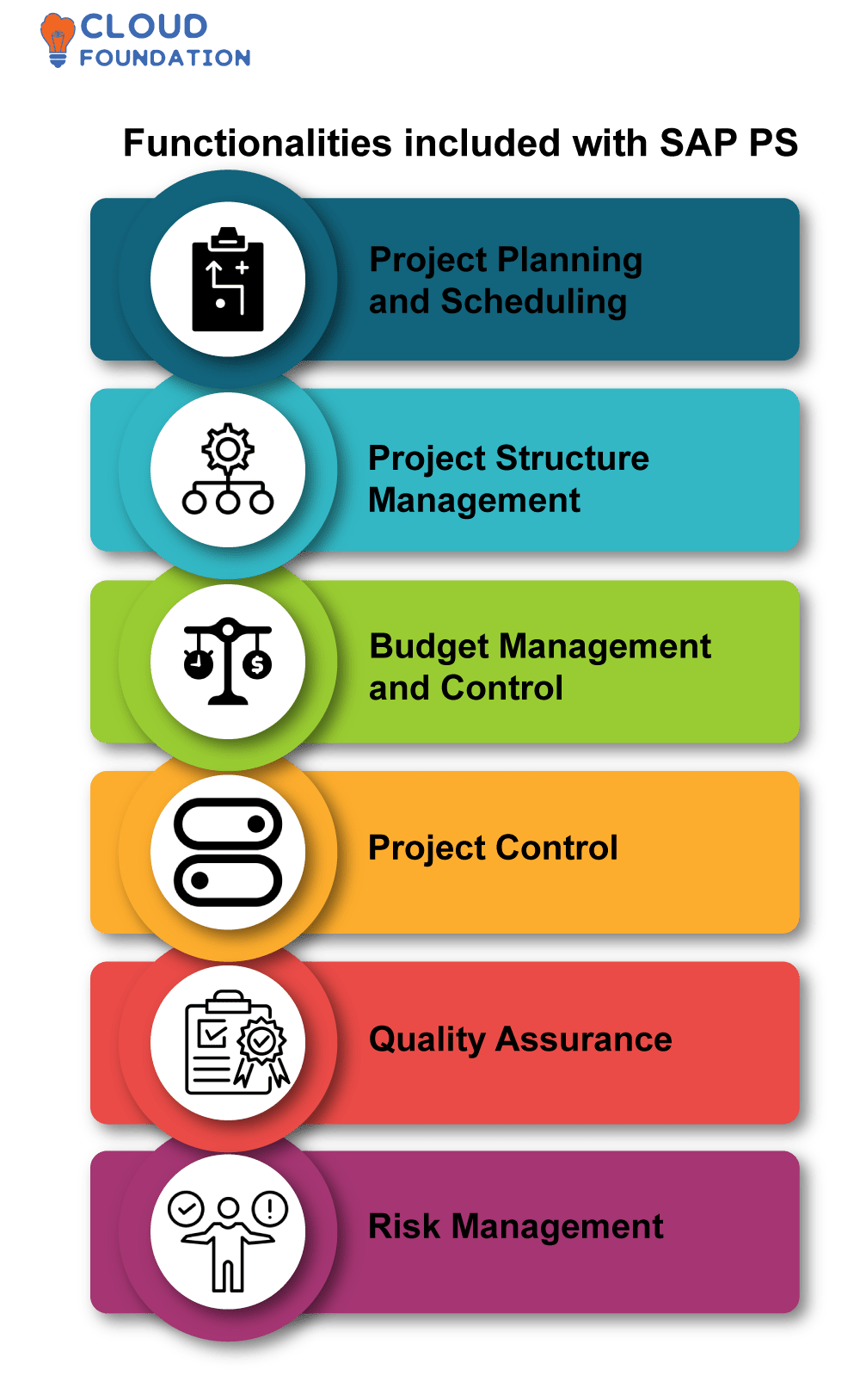
SAP PS, short for Project Systems, is an integral module within SAP designed to aid businesses with planning, execution and management of projects transparently and orderly. The SAP PS Project Systems helps planers organize project activities transparently by planning, budgeting,analyzing, communicating managing resources, and other project tasks.
SAP PS is designed to assist organizations in overseeing projects from inception to completion with ease and effectiveness, offering tools and capabilities such as project planning tools, cost tracking features and resource allocation functions.
SAP Project and Portfolio System provides businesses with tools for project planning, tracking, analysing and optimising as well as ensuring all tasks are carried out according to plan – within budget and on schedule.
Below is a list of features and functionalities included with SAP PS:
Project Planning and Scheduling – SAP PS can be used for project budget planning, activity scheduling, resource assignment and progress measurement to reach project objectives successfully.
Project Structure Management – SAP Project System offers customers an ability to organize a project using work breakdown structures (WBS).
Budget Management and Control SAP Project System provides users with support in budget management procedures and cost control to help control how money is spent during projects.
Project Control – Project control provides users with an interactive way to track real time project progress while conducting data analyses to ensure each plan is being executed as planned.
Quality Assurance: SAP PS is dedicated to quality management by tracking quality-related actions occurring during projects.
Risk Management – SAP PS allows users to easily identify and assess risks before developing plans to counter their effects.
How Does SAP PS Work
SAP Project Systems, also called Project System in SAP ERP system, organizes, controls, and oversees projects with integrated tools through management functions within ERP.
Organisations use this software to increase accuracy in project plans, budgeting and resource allocation while raising efficiency levels within their organisation.

SAP PS Training

SAP Project Service Automation integrates seamlessly with various project management software and apps for real-time visibility and tracking of projects.
Organizations can utilize project status information at any point during its duration to monitor, react to and react quickly to any changes that arise, stay within target timeframe and maintain reactiveness.
Why use SAP PS and what are its benefits?
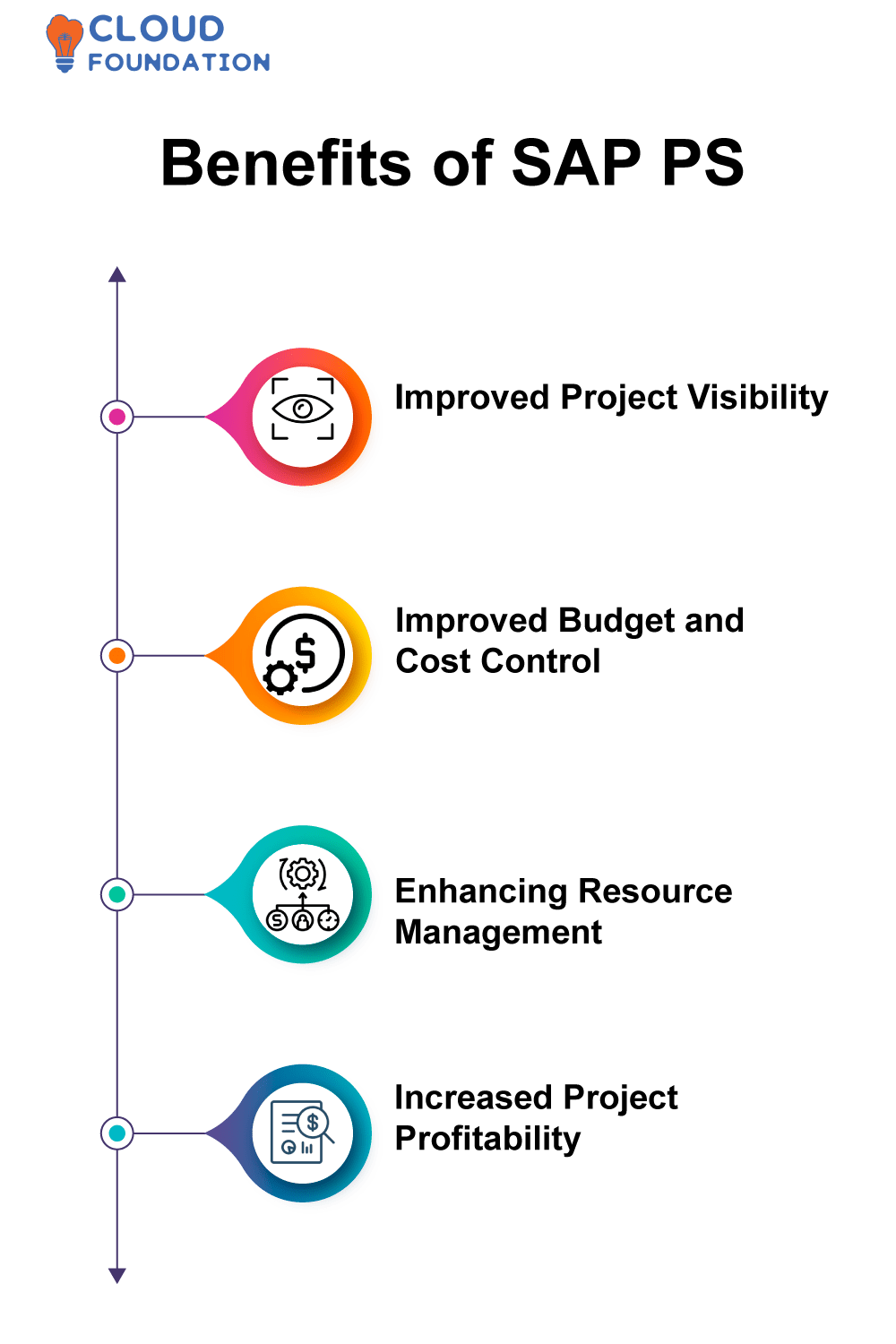
SAP Project System (Project System) is part of SAP Enterprise Resource planning software designed to aid project management activities, including planning, scheduling and cost controls across projects of any complexity ranging from straightforward ones through more involved ones. It was created with this purpose in mind and intended for such complex and long-running endeavors as those from major corporations or governments requiring large resource investments as clients.
Follow are a few benefits of SAP PS:
Improved project visibility- By having real-time access to SAP PS data, managers can better gain more clarity into complex projects with reporting and analytics features that help track progress being made on them. This gives managers greater understanding as they oversee progress being made towards completion.
Improved Budget and Cost Control: Managers gain greater ability to oversee project finances when they possess greater insight into its finances, which allows for easier monitoring expenditures, measuring progress and conducting forecast evaluations.
Enhancing resource management: Managers have the power to maximize resource utilisation while cutting down idle time with their ability to plan, schedule, and coordinate available resources efficiently.
Increased project profitability Managers with greater insight can uncover improved revenue possibilities, reduce expenses and thereby boost project profitability.
Advantages of SAP PS
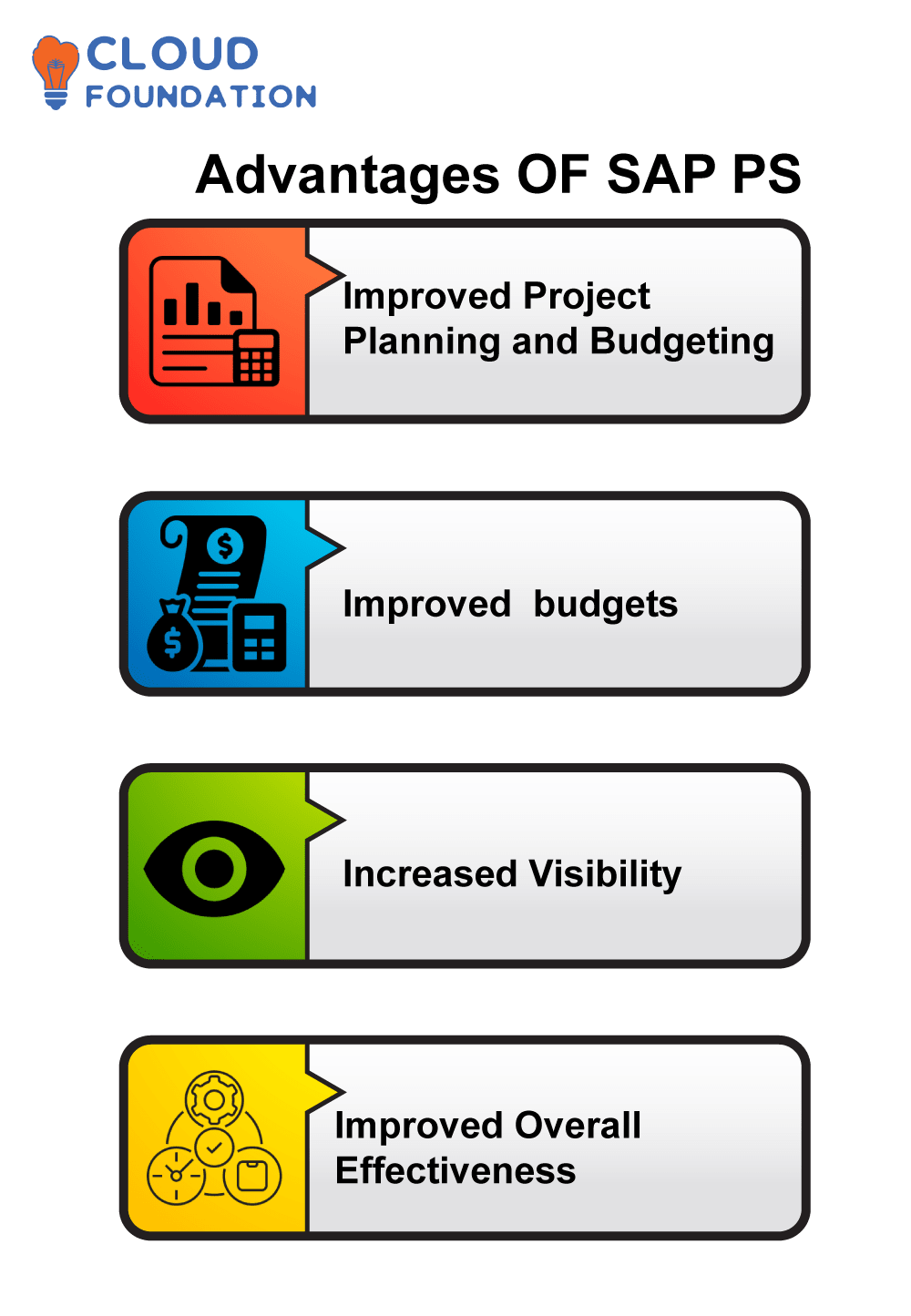
Improved Project Planning and Budgeting:-
SAP Project System offers a more holistic approach to budgeting and controls for better project planning and budgeting, including capabilities like financial reports generation, resource tracking and expenditure planning. This module can even generate financial reports!
Improved capabilities for managing and forecasting budgets:-
SAP PS offers an innovative system to monitor and predict budgets quickly, quickly detecting any changes to project budgets as they occur, conducting cost analyses on projected expenditures against actual ones, andcomparing anticipated and actual spending.
Thanks to SAP PS’s improved resource planning capabilities, resource planning can become more streamlined. This makes it simpler to ensure resources are accessible at their designated locations while the appropriate individuals are scheduled for every project.
Increased Visibility: SAP Project System provides project managers with enhanced insight into their respective projects’ development, providing greater awareness into project statuses and helping detect problems at earlier stages. This way they can better monitor progress while early warning signals may also help detect any hiccups on schedule.
Improved Overall Effectiveness:- It is achievable to increase overall efficacy with SAP PS by automating and streamlining project management processes to increase productivity. In contrast, guaranteeing projects finish on schedule and without exceeding their allocated budgets.
What is SAP PS software and How to use SAP PS
SAP’s Project System software application aims at managing projects effectively.
Assist in managing projects from their initial conception and through completion. From planning, budgeting, scheduling and monitoring of actual work progress and resource usage.
SAP PS is an essential component of SAP ERP that delivers unparalleled automation, visibility and control over every element of project management.
By consolidating all relevant project solutions in one comprehensive suite – more cost-effectively adoptable by end users with reduced maintenance needs compared to standalone systems – it simplifies project administration for organizations of any size and provides more visibility over operations than standalone solutions can.
Establish a Network for Your Project. Developing an outline of all activities and tasks necessary for fulfilling the goals of your project is another essential part of its design.
Establish a Budget. A project budget should always be established as the initial step in its planning phase and before any work on its implementation begins.
Prepare project documentation. Depending on the circumstances, purchase orders, timesheets, invoices, modification orders and/or any additional papers may all fall under this heading.
Continue Monitoring the Project. Once work begins on your project, use SAP PS to keep an eye on its progression while keeping an accurate account of costs, dates and number of hours worked.
Backdate projects. In order to align project data with actuals, SAP PS allows users to specify start and end dates which go back in time for projects. This feature helps when trying to compare projects against actual data.
Bring Your Project To an End
After any project, SAP Project System (PS) should be used to close it out and compare anticipated expenses and revenues against actual ones.
SAP PS tool
SAP PS excels at overseeing large-scale endeavors by allocating resources and finances more effectively.
SAP PS enables users to seamlessly coordinate and manage projects using data sourced from other SAP modules like Controlling, Human Resources and Materials Management.

SAP PS Online Training

Control and monitor project expenses, budgets and resources effectively.Teatrul The software also aids in project projection management, monitoring progress of ongoing projects and portfolio evaluation. Finally, its tools aid planning, scheduling and tracking the progression of ongoing initiatives.
Additionally, it can be utilized as a monitoring and cost control device while tracking profitability for projects.
Additionally, this tool enables users to conduct what-if analyses quickly and simulate different project scenarios.

Project reports and insight into project performance overall can all be generated easily with this feature.
SAP PS products
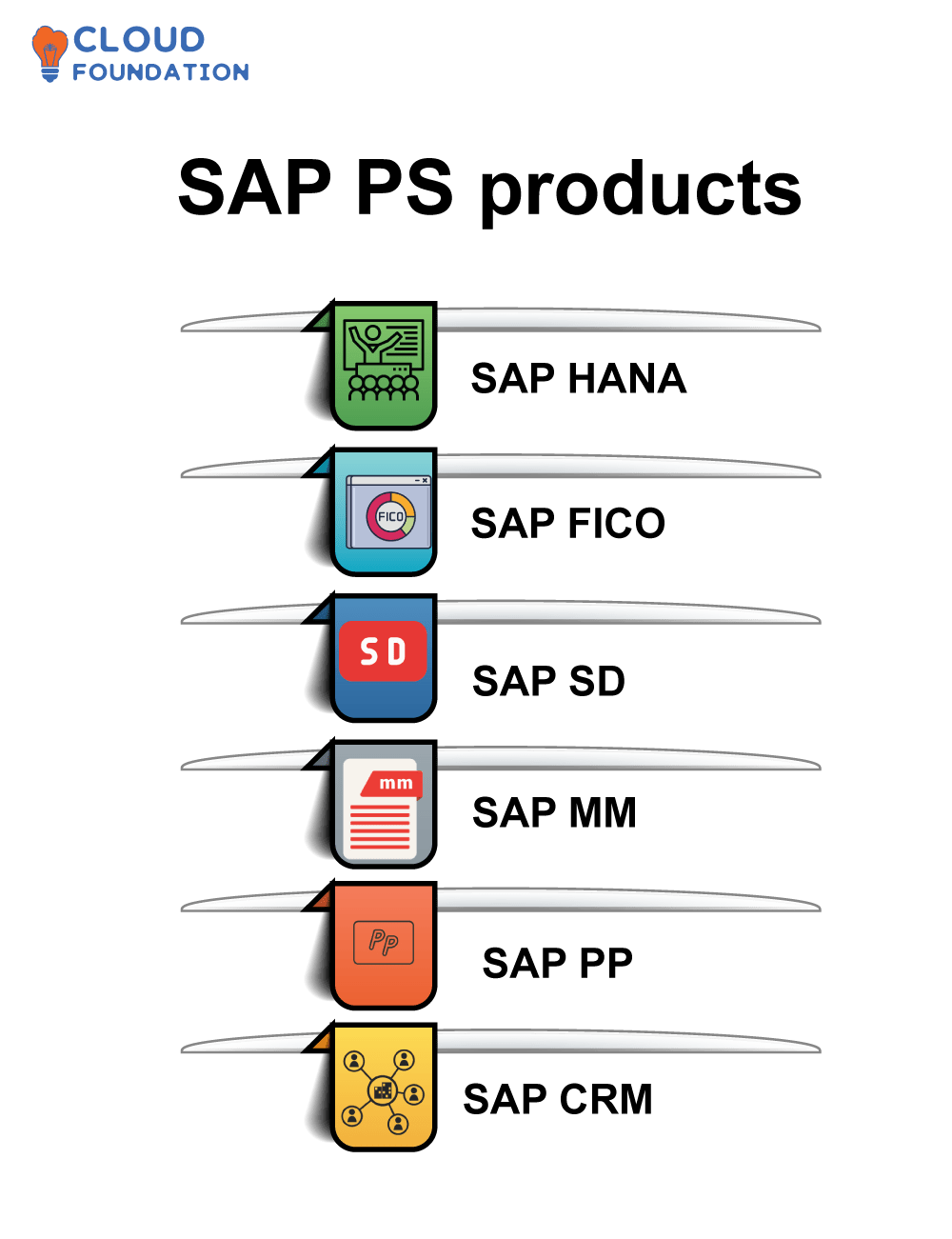
SAP PS can also assist in creating project templates to simplify project setup more rapidly, while reports and papers created can easily be shared between organisations for ease of collaboration and participation.
SAP HANA: SAP HANA is an in-memory database and analytics application platform designed to allow organizations to effectively and efficiently manage and analyse data. It includes in-memory database technology for quick data processing as well as apps designed specifically to simplify analysis.
SAP FICO: SAP FICO stands for Finance and Controlling and is one of the most frequently employed SAP modules by businesses that utilize it. Providing all-encompassing solutions for financial management across a variety of industries as well as universal needs, SAP FICO provides all-round coverage of finances across your organization.
SAP SD: SAP Sales and Distribution, or simply SAP SD for short, is a key module designed to manage all procedures required for successfully filling customer orders. With SAP SD in their tool belts, businesses are better equipped than ever to foster strong relationships with their customer bases by effectively overseeing the full sales cycle; from quote generation through invoicing.
SAP MM: SAP MM, or Materials Management, is an integral module that controls businesses’ purchasing procedure. From creating material masters and tracking procurement activities through planning and tracking processes – everything related to materials management can be managed using this powerful program.
SAP PP: Production Planning, or SAP PP, is an ERP core module which enables businesses to better plan and control production activities. Originally created by SAP AG in 1983, this process covers everything from planning and scheduling through shop floor control.
SAP CRM: SAP CRM stands for “Customer Relationship Management,” and it helps companies manage relationships more effectively with consumers by including services like customer service, marketing analytics and contact management as part of this module. In particular, sales force automation and customer service automation may all use this program too!
What are the best methods of learning SAP PS?
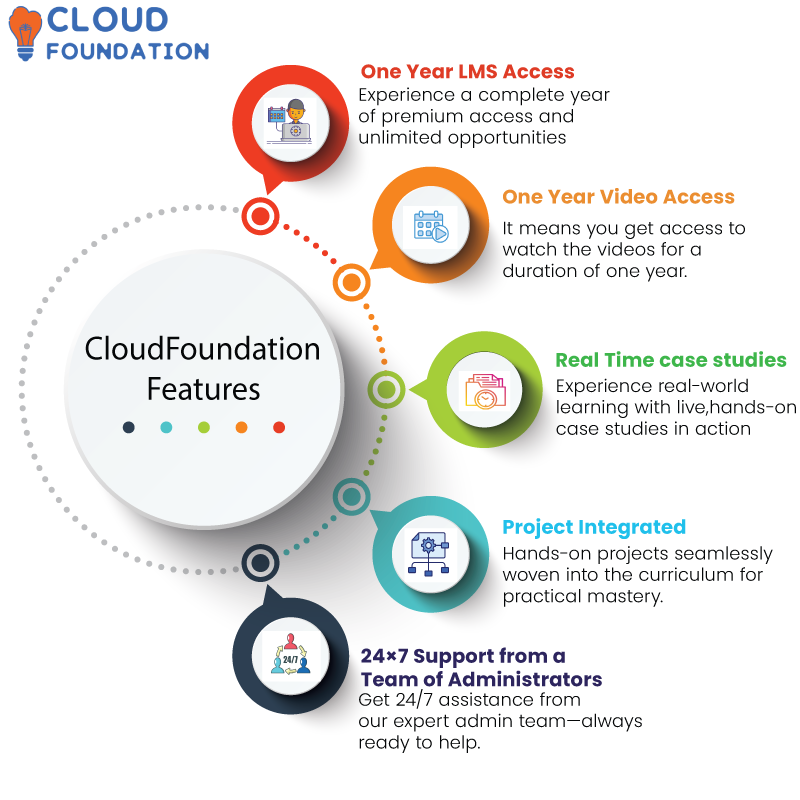
Take an Introductory Course: Enrolling in an introductory course can be an ideal way to jump-start the study of SAP PS.
Participate in seminars and conferences (SAP PS seminars/ conferences). Attending such events offers you an excellent way to expand your SAP PS knowledge; often attendees get the chance to interact with and learn from industry professionals at these events.
Sign Up For Certification Training. Completion of numerous SAP PS courses leads to certification. Having this kind of accreditation can prove immensely helpful when looking for employment or expanding within an existing position.
Get comfortable with SAP PS by practising it at home. By practicing, you will become acquainted with its features and capabilities; both trial edition and free version options of SAP PS are readily available to everyone.
Enroll in online classes: Nowadays, numerous SAP PS classes can be found through various online classes. Each of these follows a particular format that helps build upon previous learning, creating opportunities to build upon it with each new course taken.
Enrol in tutorials: Enrolling in tutorials can also be an excellent way of learning SAP PS, providing a deeper insight through YouTube tutorials available online.
Cloudfoundation offers everything needed for successful blog implementation through Training Courses, Training blogs and Training basics.

SAP PS Course Price

